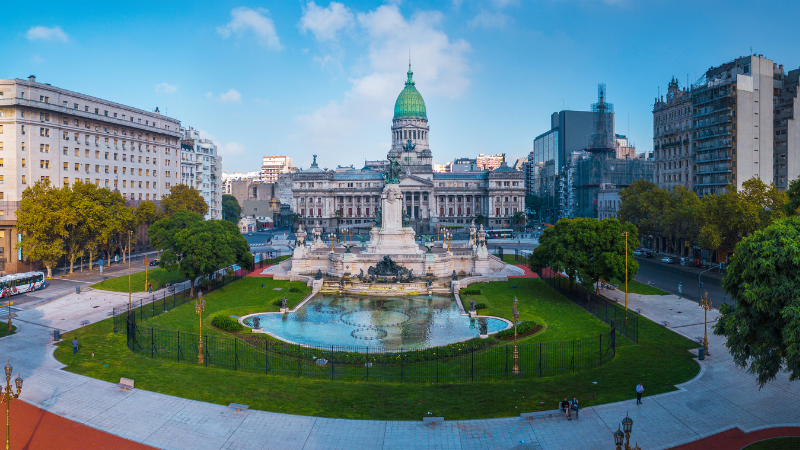In November 2022, Paratus Zambia, a pan-African broadband connectivity company, announced that it had signed an agreement with Meta to build 900 kilometers of fiber optic cable across 10 Zambian cities by the end of 2023. The demand for connectivity has been accelerating in Africa for several years now. Yet, the COVID-19 crisis between 2020 and 2021 has slowed the progress of fixed internet implementation and broadband penetration remains very low on the regional level, with less than 5% of households connected to fixed internet in 2022, and only 1% to fiber. Still, initiatives are multiplying to connect populations to high-speed internet. It is estimated that by 2027, the number of FTTx subscriptions will almost double while xDSL subscriptions will stagnate or even decrease in some countries. In Sub-Saharan Africa, a two-speed connectivity development is occurring. On the one hand, in the most developed countries, fiber already reached the majority of connected households in 2022. This is the case for example in Kenya with 53% of fixed wireline and wireless internet subscribers receiving fiber against less than 0.5% counted on the xDSL access. In South Africa fiber subscriptions account for 33% of fixed internet against less than 4% for xDSL. On the other hand, in most countries, xDSL remains the main connection mode to bring the internet to African homes. In 2022, in Burundi, xDSL accounts for 94% of fixed internet subscriptions while fiber accounts for only 1%. In Congo, it’s 35% of xDSL against 18% of fiber subscriptions. It is estimated that there will be a turnover between xDSL and fiber subscribers by 2027 in the majority of countries where xDSL prevails today. In Democratic Republic of Congo, while fiber subscriptions should be multiplied by 2 by 2027, xDSL subscriptions are expected to stagnate. In general network operators follow a similar pattern across Africa: the first fiber deployments are taking place in the largest cities of the countries, usually in capital cities and then in the other major towns. This strategy is explained by a stronger potential market in these areas but also by ease of installation and cost reduction. For instance, after establishing its CanalBox fiber service in Ouagadougou in Burkina Faso in June 2021, Vivendi Africa Group (GVA) has extended its network to the country’s second city Bobo-Dioulasso in May 2022. The same model took place in Gabon where GVA launched its fiber offer in Libreville in October 2017 and then in Port-Gentil in June 2022. The potential market is more important in major cities, where many profitable and connected businesses have established their offices, where the population density can create fundamental economies of scale for fiber operators, and where ISPs will find most households with high...













